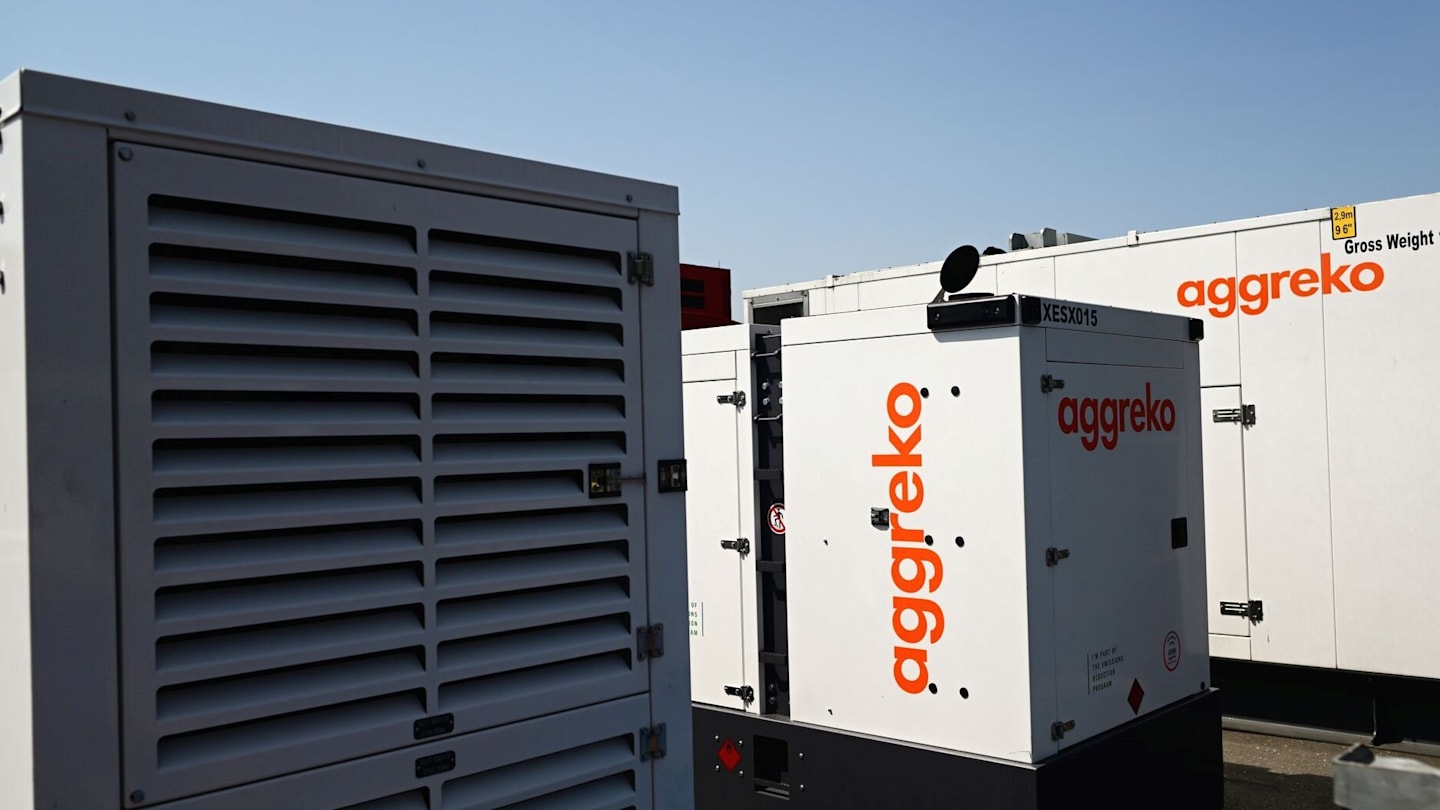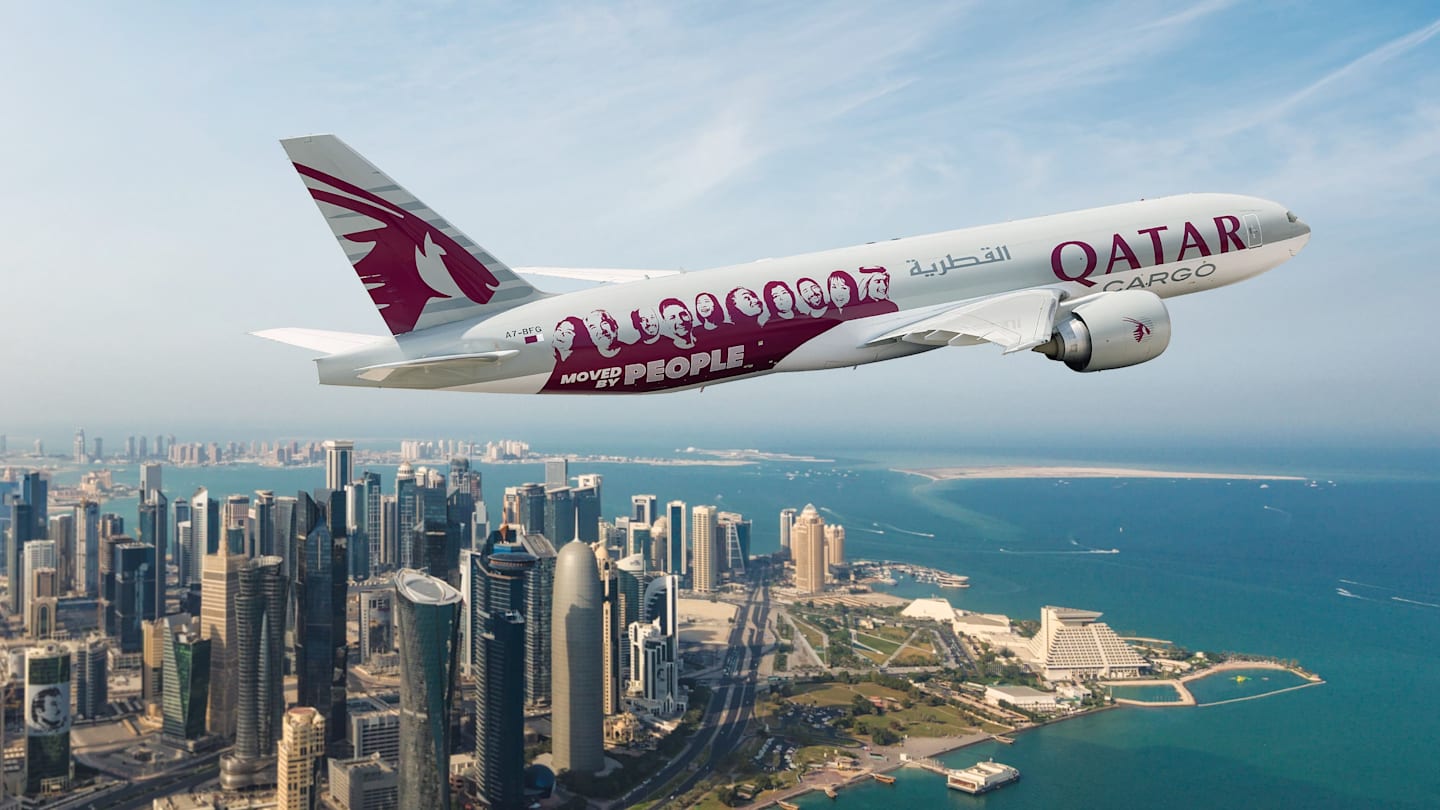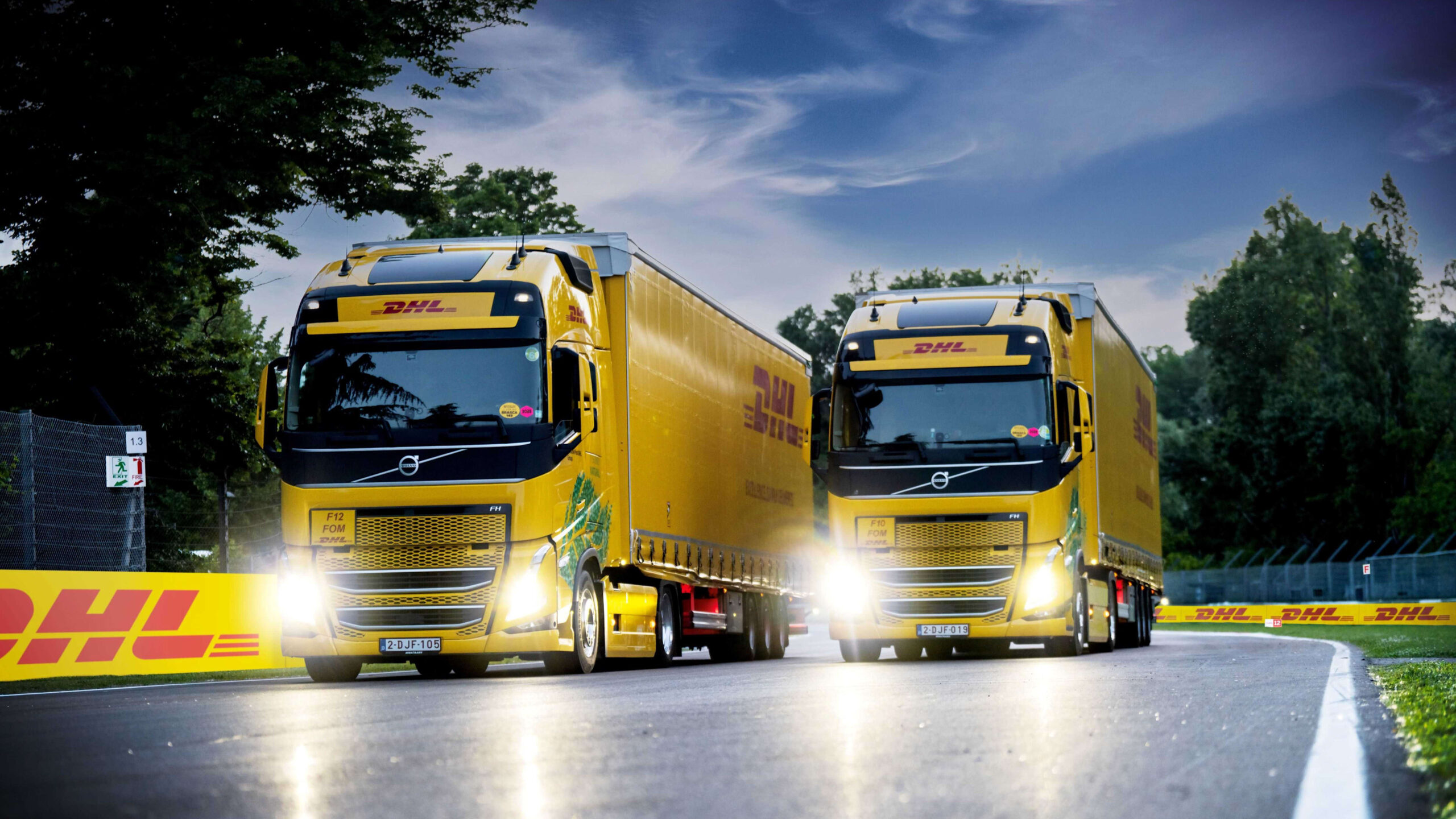As Formula 1 begins the European leg of the 2025 season, the sport’s alternative fuel strategy will be at the heart of the drive towards Net Zero by 2030.
Building on trials in recent years, this season, 37 biofueled trucks will deliver freight for the events, a renewable and centralised energy system will power the pit and paddock areas, and the F2 and F3 championships will continue to race on 100% advanced sustainable fuel ahead of Formula 1 moving to sustainably fuelled cars in 2026.
READ MORE: 5 crucial milestone moments in F1 safety technology
The 2025 Emilia-Romagna Grand Prix will be the first of the nine European races to use a low carbon energy system across the paddock area, delivering an approximate 90% reduction in associated carbon emissions.
Supplied by Formula 1 partner Aggreko, the rollout to all European events follows successful trials at the 2023 Austrian Grand Prix, and the 2024 Austrian, Hungarian, and Italian Grands Prix, all of which yielded significant carbon reductions in the Paddock, Pit Lane, and Event Technical Centre.

The Emilia-Romagna Grand Prix will be the first of the nine European races to use a low carbon energy system supplied by Aggreko
The paddock-wide solution will centralise energy supply into one compound powered by renewable sources, such as hydrotreated vegetable oil (HVO), solar panels, and battery energy storage systems (BESS), and remove the requirement for Formula 1, the 10 F1 teams, and the FIA to use their own generators.
In addition to the carbon reduction through centralised, renewable energy generation, the reduction in on-site generators will also minimise associated transportation emissions.
The return of DHL’s biofuel fleet trucks across the European stint provides Formula 1 with another way to operate more sustainably through the use of alternative fuels.
In 2023, the use of biofuel-powered trucks during the European leg of the season resulted in an average reduction of logistics-related emissions by 83% compared to traditional fuels. This year, DHL will once again use 37 of its trucks to transport freight across Europe.
At the beginning of the season, F2 and F3 cars successfully made the move to Aramco’s 100% advanced sustainable fuel, following the use of 55% sustainable fuel last season. This move comes ahead of the Formula 1 cars adopting the fuels in 2026 in the new hybrid engines that will take to the circuit next year.
The move to 100% advanced sustainable fuels is an instrumental part of the sport’s alternative fuel strategy, as well as having a wider impact in the automotive industry, as the fuel developed by Formula 1 will be a ‘drop-in’ and can be used in road cars without modification, serving as a sustainable alternative of global benefit.

The combined investment in Sustainable Aviation Fuel with DHL and Qatar Airways reduced total related emissions by more than 8,000 tCO2e
Formula 1’s alternative fuel strategy is a pivotal part of how the sport continues to reduce carbon emissions today. Last year, Formula 1 made significant investments in Sustainable Aviation Fuel (SAF), delivering an estimated 80% reduction in associated carbon emissions per flight compared to the use of conventional aviation fuel.
The combined investment in SAF with Global Partners DHL and Qatar Airways reduced total related emissions by more than 8,000 tCO2e (tonnes of carbon dioxide equivalent), an approximate 19% reduction in related emissions compared to traditional aviation fuel across the flyaway events of the 2024 season.
IT’S RACE WEEK: 5 storylines we’re excited about ahead of the 2025 Emilia-Romagna Grand Prix
Ellen Jones, Head of ESG at Formula 1, said: “It is incredibly exciting to see our alternative fuel strategy deliver significant carbon reductions across the European season and beyond. We remain on track to be Net Zero by 2030, and it is new technologies and innovations such as this that will see us hit our goal.
«Working with our partners, as well as all of our teams and the FIA, the sport is proving that you can grow sustainably, with no compromise to our on-track product or fan experience.”

RACE TICKETS – EMILIA-ROMAGNA
Don’t miss your chance to experience the picturesque Imola circuit…
